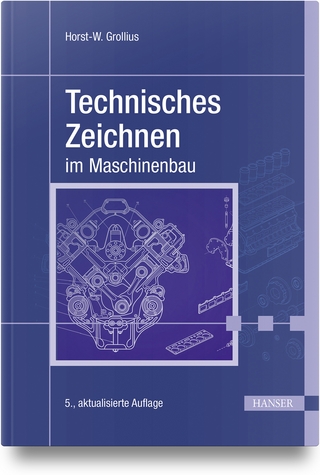
Modelling in Ecotoxicology
Elsevier Science Ltd (Verlag)
978-0-444-88699-6 (ISBN)
- Titel ist leider vergriffen;
keine Neuauflage - Artikel merken
Part A. Ecotoxicological Models: General Considerations. 1. Introduction. Needs of models in ecotoxicology. 2. Modelling Concepts. Modelling and ecotoxicology. Definitions of modelling elements. The modelling procedure. Types of models. Characteristic features of ecotoxicological models. 3. Use of Ecotoxicological Models in Management. Complexity of ecotoxicological models. Characteristic features of ecotoxicological models. An overview: The application of models in ecotoxicology. 4. Estimation of Physical-Chemical Parameters in Ecotoxicology. Use of benchmark chemicals. Estimation of critical temperature and boiling point. Estimation of Henry's constant and the vapour pressure. Estimation of solubility and partition coefficient. Estimation of adsorption isotherms. Estimation of air/soil exchange coefficients. Estimation of the air/water exchange coefficient. Estimation of evaporation rate. Estimation of the hydrolysis rate coefficient. Estimation of photochemical reaction rate coefficients. Summary. 5. Estimation of Biological Parameters in Ecotoxicology. Estimation of bioconcentration and bioaccumulation. Estimation of the biodegradation rate. Estimation of toxicity. Summary. 6. Types of Models of Particular Interest in Ecotoxicology. Application of models in ecotoxicology. Models with risk assessment component. Fugacity models. Part B. Case Studies of Ecotoxicological Models. 7. Modelling the Distribution of Chromium in a Danish Firth. Case study description. Model description. Application of the model for environmental management. 8. Contamination of Agricultural Products by Cadmium and Lead. Introduction. Sources of cadmium and lead contamination in agriculture. The model. Model results. Discussion and conclusions. 9. Modelling the Release of Copper from Lake-Sediment. Introduction. Overview of the exchange processes. A case study: Frederiksborg Castle Lake. Conclusions and further research needs. 10. A Mercury Model for Mex Bay, Alexandria. Description of the mercury problem in Mex Bay. Description of the model. Model results. conclusions and further research needs. 11. Modelling Pollutant Exchange Between Plant and Environment: Uptake and Metabolism of Sulphur Dioxide by Different Leaf Cell Compartments. Introduction. Model description. Model results. Discussion. 12. Atmospheric Transport of Sulphur Dioxide on a Local Scale: A Case Study. Introduction. Energy characterization of the unit of analysis and airborne emissions. Transport and fate of sulphur dioxide on a local scale. Discussion and conclusions. Epilogue. 13. Simulation and Data Analysis of Four Chlorobenzenes in a Large Lake System (Lake Ontario) with Toxfate, A Contaminant Fate Model. Introduction. Theoretical considerations. Past loadings estimates. Lake Ontario data. Model simulation. Discussion. Acknowledgments. 14. Pesticide Transformations and Movement in Soils. Introduction. Pesticide transformations in soils. Movement of pesticides. Conclusion. 15.
| Reihe/Serie | Developments in Environmental Modelling |
|---|---|
| Zusatzinfo | Illustrations |
| Verlagsort | Oxford |
| Sprache | englisch |
| Themenwelt | Informatik ► Weitere Themen ► CAD-Programme |
| Studium ► 2. Studienabschnitt (Klinik) ► Pharmakologie / Toxikologie | |
| Naturwissenschaften ► Biologie ► Ökologie / Naturschutz | |
| ISBN-10 | 0-444-88699-0 / 0444886990 |
| ISBN-13 | 978-0-444-88699-6 / 9780444886996 |
| Zustand | Neuware |
| Haben Sie eine Frage zum Produkt? |
aus dem Bereich


